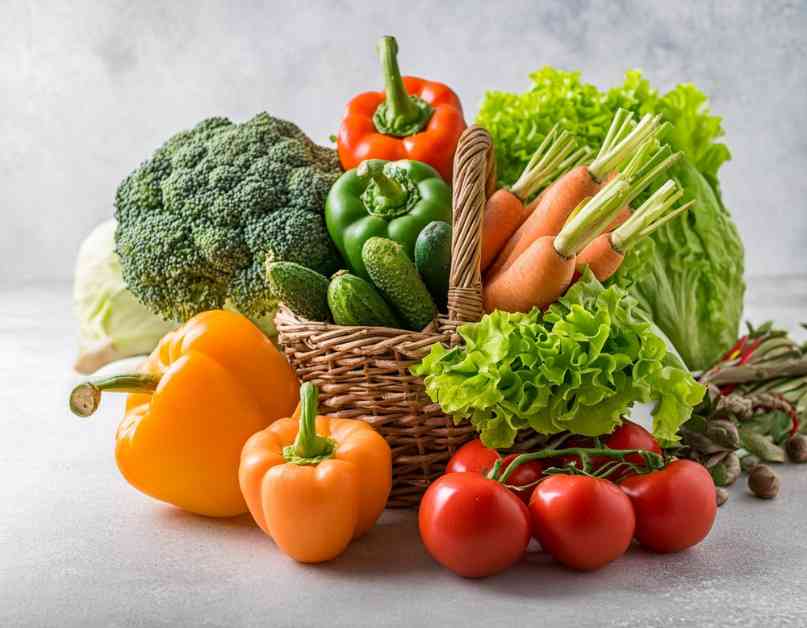**Why Dogs Can or Can’t Eat Vegetables**
Dogs, our loyal companions, have been by our side for centuries, evolving from fierce predators to cherished pets. The bond we share with them is undeniable, with a staggering 95% of people considering their furry friends as part of the family. However, despite this close relationship, it’s essential to remember that dogs still have specific dietary needs rooted in their carnivorous nature.
**The Digestibility Dilemma**
When it comes to feeding vegetables to our canine companions, digestibility plays a crucial role. Dogs, like humans, break down macronutrients such as protein, fat, and carbohydrates into glucose, the primary energy source for their bodies. While dogs can metabolize carbohydrates found in plant matter, their digestion is more efficient when consuming animal-based proteins.
Research has shown that dogs have lower protein digestibility when fed diets containing plant matter compared to those rich in animal proteins. This highlights the importance of maintaining a diet that aligns with their carnivorous tendencies. While dogs can eat some vegetables, it’s crucial to be mindful of the quantity and type to ensure their well-being.
**Balancing Benefits and Risks**
Vegetables can offer various benefits to dogs, including essential nutrients like fiber, vitamins, and minerals. Options such as carrots, green beans, broccoli, and bell peppers can be excellent additions to your furry friend’s diet, providing low-calorie treats packed with essential nutrients.
However, not all vegetables are created equal when it comes to canine consumption. Some varieties, like onions, garlic, and leeks, can be toxic to dogs, leading to severe health issues such as hemolysis. It’s crucial to be aware of the potential dangers associated with certain vegetables and prioritize your pet’s well-being when choosing their diet.
**Navigating Nutritional Needs**
While vegetables can be a healthy addition to your dog’s diet, they should not replace essential nutrients found in complete and balanced dog food. It’s recommended to offer vegetables as treats in small portions, ensuring they are unseasoned and unsalted to avoid any adverse reactions.
In conclusion, dogs can enjoy a variety of vegetables as part of a well-rounded diet, but moderation is key. By consulting with a veterinary nutritionist and monitoring your pet’s response to new foods, you can ensure that they receive the necessary nutrients while indulging in tasty treats. Remember, our furry friends rely on us to make the best choices for their health and happiness.





















